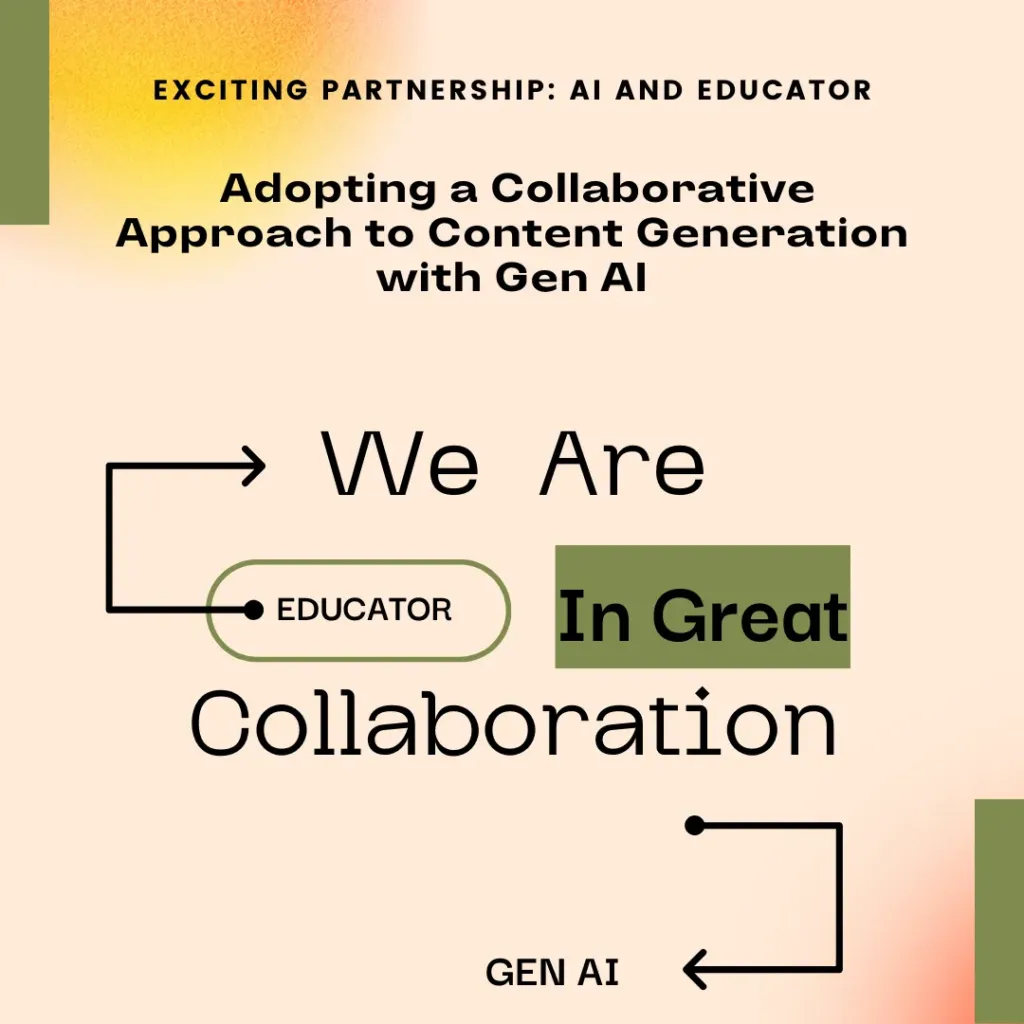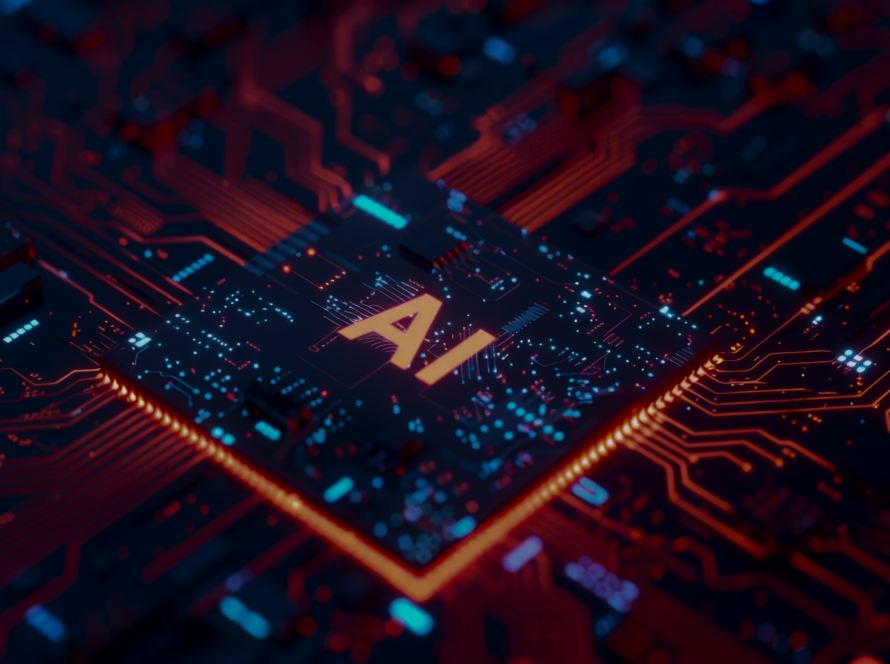
Introduction:
In the rapidly evolving landscape of education technology, the integration of artificial intelligence (AI) has revolutionized content generation processes. Gen AI platforms, powered by sophisticated algorithms, hold immense potential to create educational materials efficiently and at scale.
However, to maximize the impact of these platforms, adopting a collaborative approach that engages educators in the content generation process is paramount. This approach leverages the unique strengths of both human expertise and AI capabilities, ensuring that educational content is not only relevant and aligned with curriculum standards but also personalized to meet the diverse needs of students. In this introduction, we explore the significance of adopting a collaborative approach for educators in content generation alongside Gen AI platforms, highlighting the benefits it offers for enhancing teaching and learning experiences.
Adopting a collaborative approach for educators in content generation alongside Gen AI platforms is a sound strategy for several reasons:
- Leveraging Human Expertise: Educators possess valuable domain knowledge, pedagogical expertise, and understanding of student needs that AI systems may lack. By collaborating with educators, AI can benefit from this expertise to produce more relevant and effective educational content.
- Enhancing Content Quality: Educators can ensure that AI-generated content aligns with curriculum standards, learning objectives, and instructional best practices. Their input helps maintain the quality and relevance of educational materials, enhancing the overall learning experience for students.
- Customization and Personalization: Collaboration allows educators to customize AI-generated content to suit the diverse needs and learning styles of students. By incorporating their insights and feedback, educators can tailor educational materials to address specific learning gaps, preferences, and abilities.
- Professional Growth and Learning: Engaging educators in the content creation process fosters professional growth and learning opportunities. Educators can gain new insights into instructional design, technology integration, and data-driven teaching practices through their collaboration with AI systems.
- Empowering Educators: Collaborating with AI empowers educators to optimize their workflow, save time on content creation tasks, and focus more on individualized instruction, student support, and assessment. It frees educators from repetitive or mundane tasks, allowing them to invest their time and energy where it matters most.
Conclusion:
A collaborative approach harnesses the strengths of both educators and AI systems, resulting in high-quality, tailored educational content that enhances teaching and learning outcomes.




